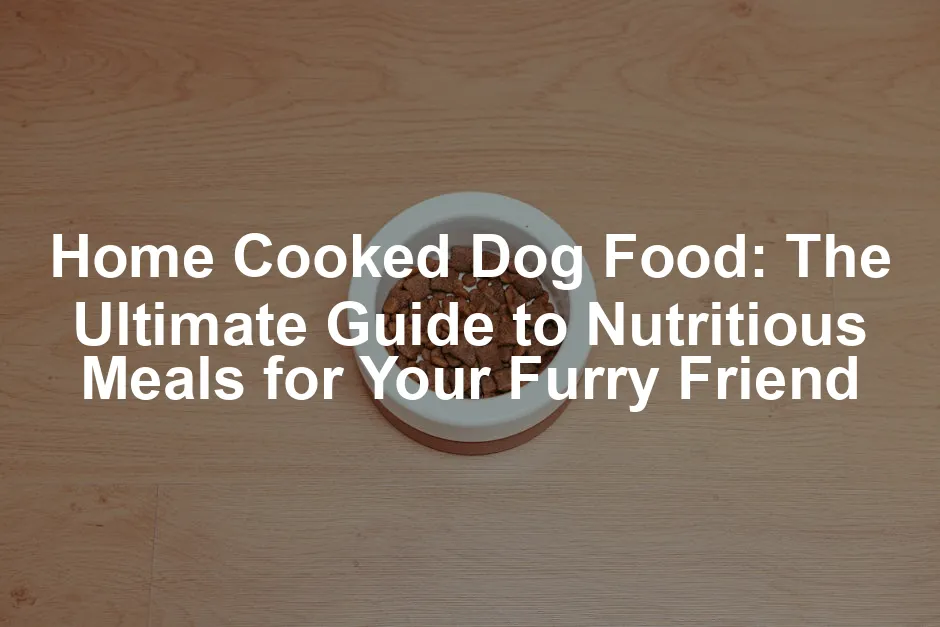Introduction
Home cooked dog food is gaining popularity among dog owners. Many pet parents are choosing to prepare meals for their furry friends at home. This shift is due to concerns about the quality of commercial dog food. Homemade diets offer fresher ingredients and allow better control over what goes into each meal. It’s important to ensure that your dog’s diet is balanced and nutritious for optimal health.To help you get started, consider picking up a Dog Food Recipe Book. It’s the perfect guide to ensure your pup enjoys a variety of delicious, nutritious meals tailored to their needs.
Summary and Overview
Home cooked dog food provides numerous advantages. One key benefit is ingredient control, allowing you to select fresh, high-quality components. This reduces concerns about harmful additives and preservatives often found in commercial options. Additionally, many dog owners report improvements in their pets’ health, such as shinier coats and increased energy levels.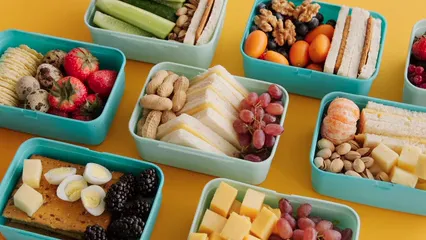
To store your homemade creations properly, grab some Dog Food Storage Containers. They keep your ingredients fresh and safe from pesky pests!
The Benefits of Home Cooked Dog Food
Why Choose Homemade?
Choosing homemade dog food offers several advantages. One significant benefit is the control you gain over the ingredients. You can select fresh, high-quality foods that suit your dog’s taste and health needs. This transparency allows you to know exactly what your furry friend is consuming.
For more detailed meal ideas, check out these healthy homemade dog food recipes for senior dogs.
Nutritional Requirements for Dogs
Essential Nutrients
When preparing homemade dog food, it’s crucial to understand your dog’s nutritional needs. A balanced diet includes proteins, fats, carbohydrates, vitamins, and minerals. Let’s break these down. Protein is vital for your dog’s growth and energy. Good sources include lean meats like chicken, turkey, and fish. A dog’s diet should consist of 15-30% protein, depending on age and activity level. Fats are another essential component. They provide energy and support skin and coat health. Healthy fats come from sources like fish oil and chicken fat. Aim for about 10-15% of your dog’s diet to be fat. Carbohydrates serve as an energy source. They help with digestion and provide fiber. Good options include brown rice, oatmeal, and sweet potatoes. Carbs should make up about 30-50% of the diet. Vitamins and minerals are crucial for overall health. They support immune function and bone health. Incorporate a variety of fruits and vegetables, like carrots and blueberries, to provide these nutrients.
To help with portion control, consider investing in a Pet Food Scale. It ensures you’re giving your pup the right amount of food without any guesswork!
How to Prepare Home Cooked Dog Food
Step-by-Step Guide
Making homemade dog food is simple and rewarding. First, gather quality ingredients. You’ll need fresh meats, grains, vegetables, and healthy fats. A Food Processor can also be a handy tool for prepping your ingredients quickly!
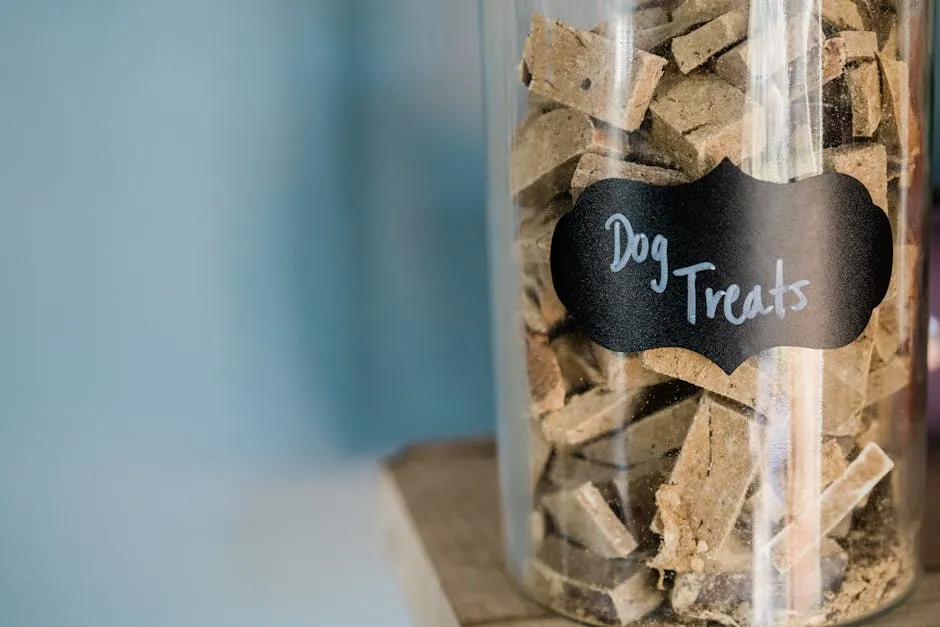
Popular Home Cooked Dog Food Recipes
Recipes for Different Dietary Needs
- Balanced Protein Recipes
- Ingredients:
- 1 pound ground turkey
- 2 cups brown rice
- 1 cup carrots, diced
- 1 cup peas
- 1 teaspoon olive oil
- Instructions:
- In a large pot, combine the ground turkey and olive oil.
- Cook until the turkey is browned.
- Add the brown rice and water, bringing to a boil.
- Reduce heat and simmer for 20 minutes.
- Stir in the carrots and peas, cooking for an additional 5 minutes.
- Allow to cool before serving.
- Ingredients:
- Grain-Free Recipes
- Ingredients:
- 1 pound ground beef
- 1 cup sweet potatoes, diced
- 1 cup spinach
- 1 egg
- 1 teaspoon fish oil
- Instructions:
- Brown the ground beef in a skillet.
- Add the sweet potatoes and cook until tender.
- Mix in the spinach and cook until wilted.
- Remove from heat and stir in the beaten egg and fish oil.
- Ingredients:
- Vegetarian Options
- Ingredients:
- 1 cup lentils, cooked
- 1 cup quinoa, cooked
- 1 cup carrots, shredded
- 1 cup broccoli, chopped
- 1 tablespoon olive oil
- Instructions:
- In a large bowl, combine all ingredients.
- Mix well to ensure even distribution.
- Serve at room temperature.
- Ingredients:
- Special Diets for Health Issues
- Ingredients:
- 1 pound skinless chicken breast
- 1 cup pumpkin puree
- 1 cup green beans, chopped
- 1 tablespoon coconut oil
- Instructions:
- Boil the chicken breast until cooked through.
- Shred the chicken and combine with pumpkin and green beans.
- Stir in coconut oil and mix until well combined.
- Ingredients:
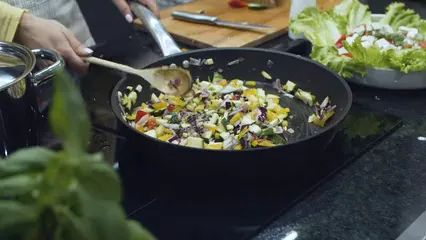
Monitoring Your Dog’s Health
Signs of Dietary Issues
After switching to homemade dog food, closely monitor your pup’s health. Look for changes in energy levels and coat condition. A shiny coat usually indicates good nutrition. Pay attention to your dog’s appetite. Decreased interest in food can be a sign of issues. Also, watch for signs of gastrointestinal distress, like vomiting or diarrhea. These symptoms could mean ingredient sensitivities or imbalances. Nutritional deficiencies can show up in various ways. For instance, a lack of essential vitamins may lead to dull fur or low energy. Make sure your dog is getting enough protein, fats, and carbohydrates. Regular veterinary check-ups are crucial. Your vet can help track your dog’s weight and overall health. They can also provide guidance on any dietary adjustments needed. Always consult your vet if you notice concerning changes.
For emergencies, having a Pet First Aid Kit on hand is a smart move. It can be a lifesaver in case of unexpected mishaps!
Common Mistakes When Making Homemade Dog Food
Pitfalls to Avoid
Creating homemade dog food can be rewarding, but it’s easy to make mistakes. One common error is neglecting nutritional balance. Dogs need a mix of proteins, fats, carbohydrates, vitamins, and minerals. A lack of variety may lead to deficiencies. Using harmful ingredients is another pitfall. Foods like chocolate, onions, and garlic can be toxic to dogs. Always double-check that all ingredients are safe before cooking. Improper food storage is a frequent issue as well. Homemade dog food can spoil quickly if not stored correctly. Use airtight containers and refrigerate or freeze portions immediately. Lastly, ensure you are using a veterinarian-approved recipe. Not all homemade meals meet your dog’s nutritional needs. A vet can help you create a balanced diet tailored to your dog’s specific requirements.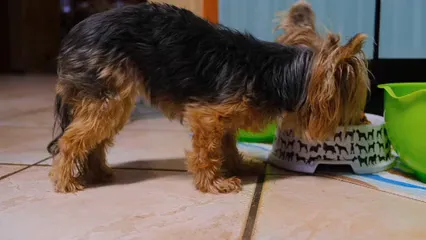
To help with dog grooming, consider investing in a Dog Grooming Kit. Keeping your pup well-groomed is essential for their health and happiness!
Conclusion
Home cooked dog food offers numerous benefits. You gain control over ingredients, ensuring high-quality nutrition for your furry friend. A balanced diet is essential for your dog’s health, promoting shiny coats and increased energy.
FAQs
Can I feed my dog only homemade food?
Yes, you can, but balance is key. Homemade diets should complement commercial options. Ensure you’re providing a complete diet with all essential nutrients. Consult your vet for guidance on creating a suitable plan.
What ingredients should I avoid in homemade dog food?
Avoid harmful ingredients like chocolate, onions, garlic, grapes, and raisins. These foods can be toxic to dogs. Always verify that any ingredient is safe before including it in your recipes.
How do I ensure my homemade dog food is nutritionally balanced?
Consult with a veterinary nutritionist or follow reputable balanced recipes. They can help you meet your dog’s specific dietary needs, ensuring they get the right nutrients.
How much homemade dog food should I feed my dog?
Start with approximately 2-3% of your dog’s body weight in food daily. Adjust based on your dog’s size, age, and activity level. Monitor their weight and health to find the perfect balance.
Can I freeze homemade dog food?
Yes, freezing is safe and convenient. Store the food in airtight containers for up to two months. When ready to use, thaw it in the fridge before serving. Always label containers with the date for easy tracking.
All images from Pexels

